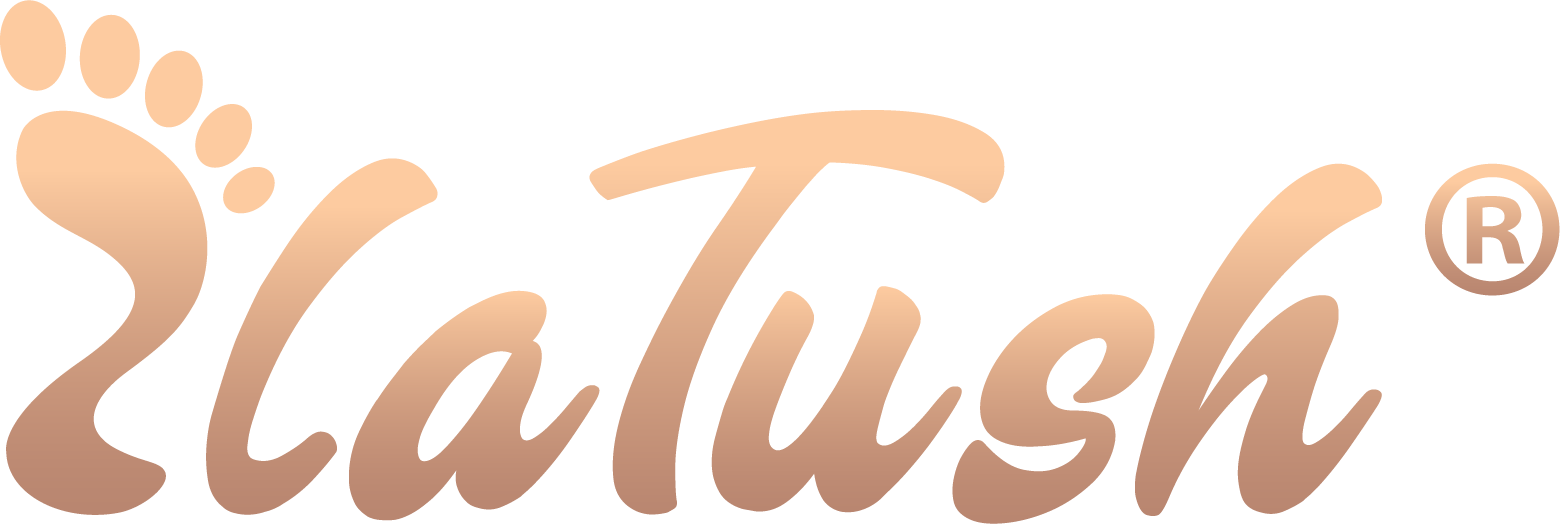⦁ Shoes and leather slippers are made from quality leather originating in EU countries, mainly from Italian company Mastrotto, complying with EU hygiene standards and regulations and do not contain any harmful substances.
⦁ The sole is made of a rubber shoe plate (except for leather slippers). There are several types of shoe plates in different thicknesses and treads that meet the barefoot footwear criteria – making them light and flexible in all directions.
⦁ It is a fashion shoe – it is designed and manufactured for wearing in undemanding conditions eg. on local roads, in vehicles, on easy terrain – playgrounds, lawns etc.
⦁ Not designed for walking in bare feet, but in socks, stocking
⦁ Especially in darker and more vivid colors, they may dye somewhat because of the lack of aggressive leather treatment and processing.
⦁ It is very important to learn how to step on barefoot shoes to avoid getting hurt. (You can find nice and illustrative series of videos about natural walk with physiotherapist Radek Plašil on youtube – I recommend to watch them).
I specialize in barefoot (BF) footwear, that is, footwear that meets the following criteria:
1. barefoot shoes are anatomically shaped – exactly according to the shape of the foot
⦁ provides sufficient space in the area of the fingers, does not prevent the development of fingers in the fan – does not deform the foot, has enough space in width and length (so-called oversize)
⦁ no tapered toe cap on the thumb side, as is common in most shoes
2. It has a thin (max 5 mm thick), straight, flexible sole without raised toe cap or heel to make the feet feel the terrain they walk on
3. Zero drop – that means the difference in height between heel and toe cap is 0
⦁ heel shortens tendons and changes the center of gravity of the body
4. The heel is not reinforced (he only has a soft heel – a semicircle behind the heel, which only serves to prevent the shoe from swiping quickly)
⦁ heel does not need to be tightly gripped, reinforced, on the contrary – it needs to work depending on the terrain.
5. The foot does not need any support or internal arch
⦁ a straight, non-arched outsole ensures that the muscles work continuously and the arch is naturally formed, which also increases the arch strength itself. The foot should shape the shoe, not the other way around
6. The weight of the shoe is also important
⦁ The shoes should be as light as possible so that the children do not restrict movement in any way so that they can jump freely, run, and chase.
